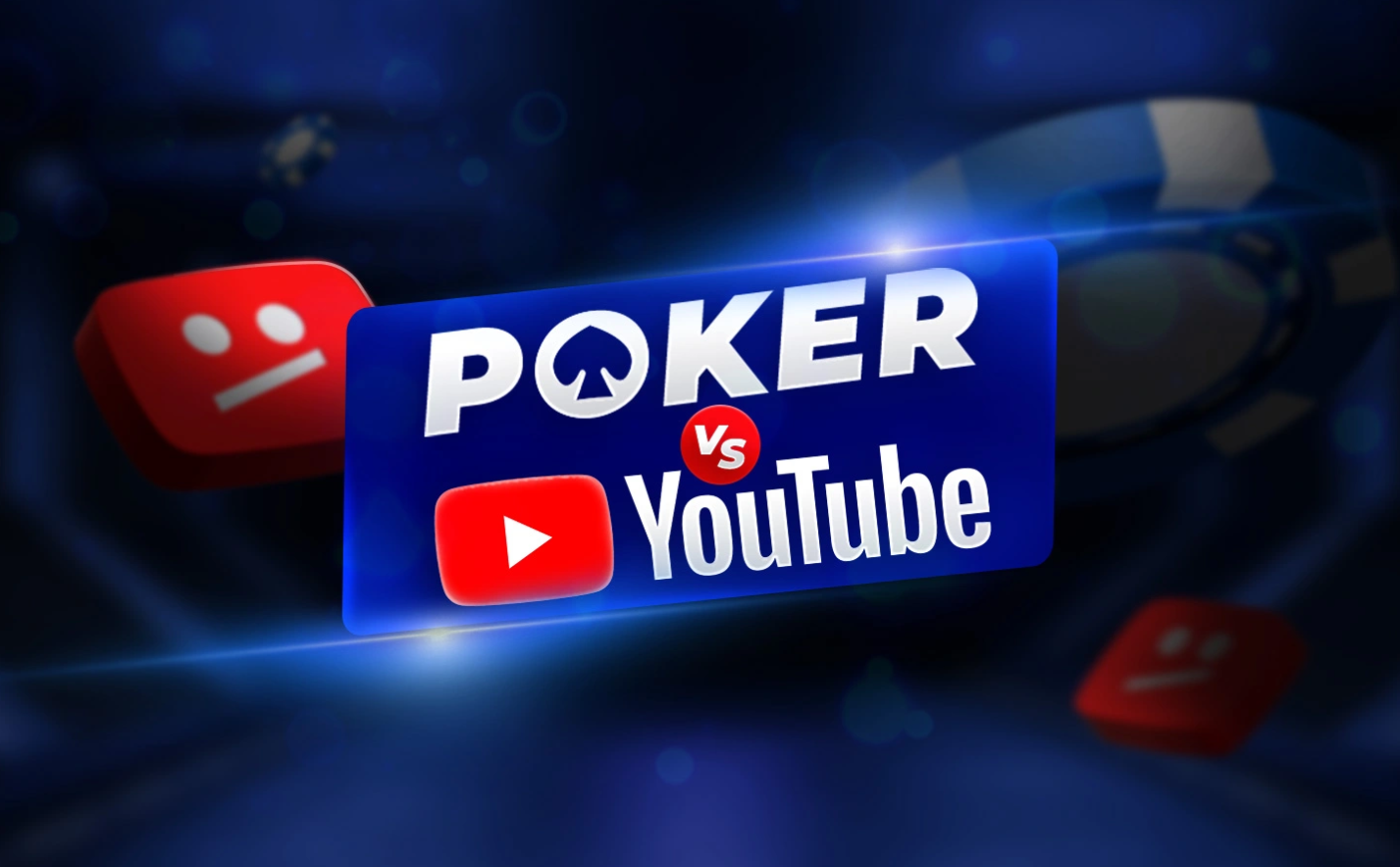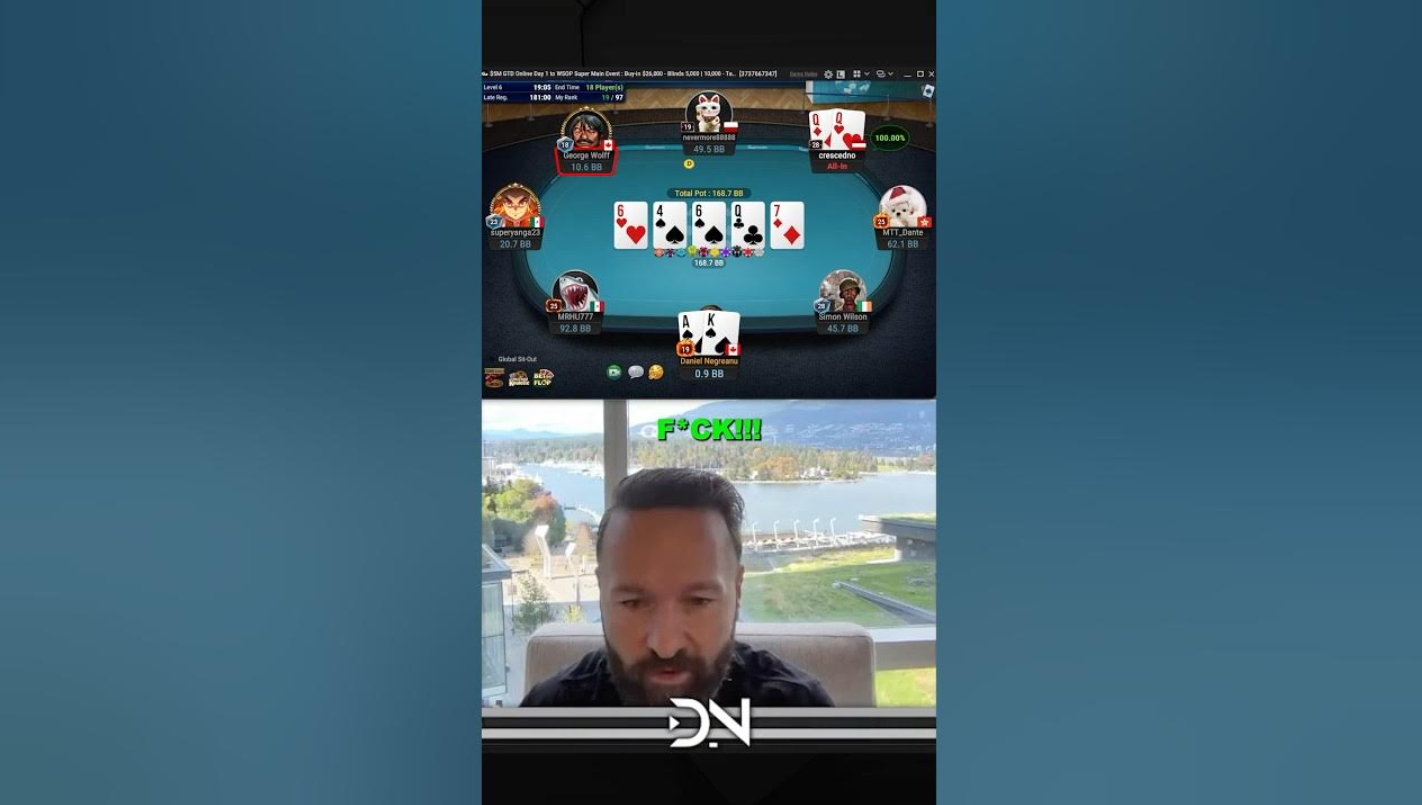What Just Happened to Poker on YouTube?
As of March 19, 2025, YouTube has tightened its already strict policies on gambling-related content, citing the need to “protect younger viewers.” The platform’s updated guidelines now ban:
-
all links to online casinos and card rooms that aren’t Google-approved
-
visual elements (logos, banners) advertising unapproved gambling sites
-
even spoken references to certain brands
-
and any content promising “guaranteed profits.” These videos can be removed regardless of whether they link directly to a gambling platform or a Google-vetted app.
Even content that doesn’t explicitly violate community standards faces restrictions if it promotes online casinos—most notably, an automatic 18+ age gate that instantly pulls it from YouTube’s recommendation algorithms and limits monetization options. For creators, that means fewer views, shrinking revenue, and less incentive to keep producing poker content.

Poker? Just Another Form of Gambling, Says YouTube
While poker is considered a game of skill in many jurisdictions—and since 2024 has even been officially recognized as a mind sport, alongside chess and esports—YouTube lumps it squarely into the “gambling ecosystem.” That classification sticks, even when there’s no real money at stake: all it takes is a poker table, a deck, and the simulation of betting.
What’s worse, YouTube’s content moderation is mostly automated. Most of the platform’s decisions are made by algorithms that, according to many streamers, act unpredictably and often at random.
Creators in the Crosshairs
Nick Eastwood points out that even when he follows every rule, produces only age-restricted content, and links solely to regulated card rooms, YouTube still flags his videos as “not suitable for advertising”—making them ineligible for monetization.
The same pattern haunts Brad Owen, one of poker’s biggest YouTubers (with over 750,000 subscribers). His videos were penalized for supposed “profanity and dangerous acts that could result in serious physical injury”—even though the footage was just standard hands at the poker table.
Streamer GazzyB1233 (Gary Blackwood) received a strike for a 30-second clip. He’d uploaded nearly identical footage 25 times in the past year with zero issues. Now, though, he’s on edge—three strikes mean a channel ban, with no chance of recovery.
The biggest frustration, beyond falling ad revenue, is the total lack of clarity about what triggers these punishments. Nick Eastwood summarized the chaos and confusion in his latest YouTube video about the new policy shift: “There’s no way to tell what the platform has deliberately flagged as inappropriate, so nobody knows if it’s just an inconsistent algorithm or intentional targeting.”
Chaos, Lack of Transparency, and Mounting Frustration
Chaos is the common thread running through all these complaints. Videos get restricted seemingly at random, and creators are never told exactly what guideline they broke. YouTube provides no specific reasons, and there’s only one chance to appeal—after that, there’s no further recourse. If a video is marked 18+, it disappears from recommendations—even to subscribed viewers. The upshot: No matter how adult your audience is, a flagged video’s reach drops off a cliff.
Some creators suspect this is more about business than protecting viewers. Gambling-related videos generate significantly less ad revenue for YouTube—sometimes next to nothing. For most channels, the only reliable monetization now comes from YouTube Premium, which generally provides less than 10% of their earnings.
For now, streamers are left to wait, hope, or look to other platforms. Many are already shifting content to Twitch or Kick—but those sites aren’t immune either. Twitch, for example, rolled out its own tough gambling sponsorship restrictions in 2024. Short-form videos seem to slip through the cracks for now, facing less penalty than live streams, but that’s hardly a long-term solution for anyone serious about growing a poker community.

Poker on YouTube: The End of an Era?
For years, poker was a cornerstone of YouTube—from behind-the-scenes vlogs at the WSOP, to livestreams covering the world’s biggest tournaments, to high-level strategy breakdowns and hand histories. Now the entire genre is balancing on the precipice—not because viewers have lost interest, but because YouTube’s algorithm has quietly buried the content overnight.
“It’s not just about my channel,” says Nick Eastwood. “It’s about all the creators who’ve spent years building their communities. Now YouTube is telling them—they’re no longer welcome here.”
So the question lingers: What matters more—protecting underage viewers, or a form of digital censorship? And if YouTube refuses to offer greater transparency, the poker community may end up being the biggest loser of all.
Source: Sora, PokerListings, YouTube




